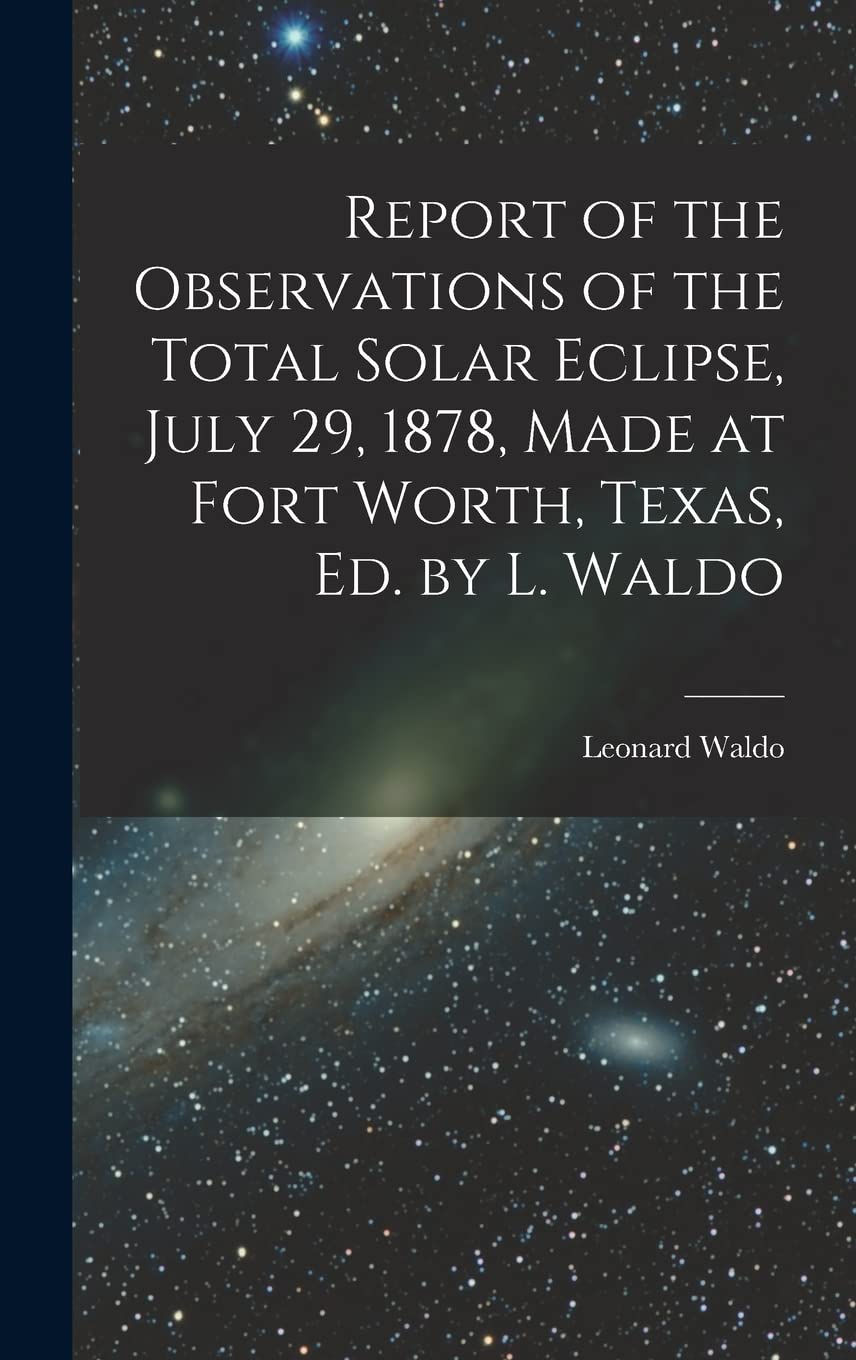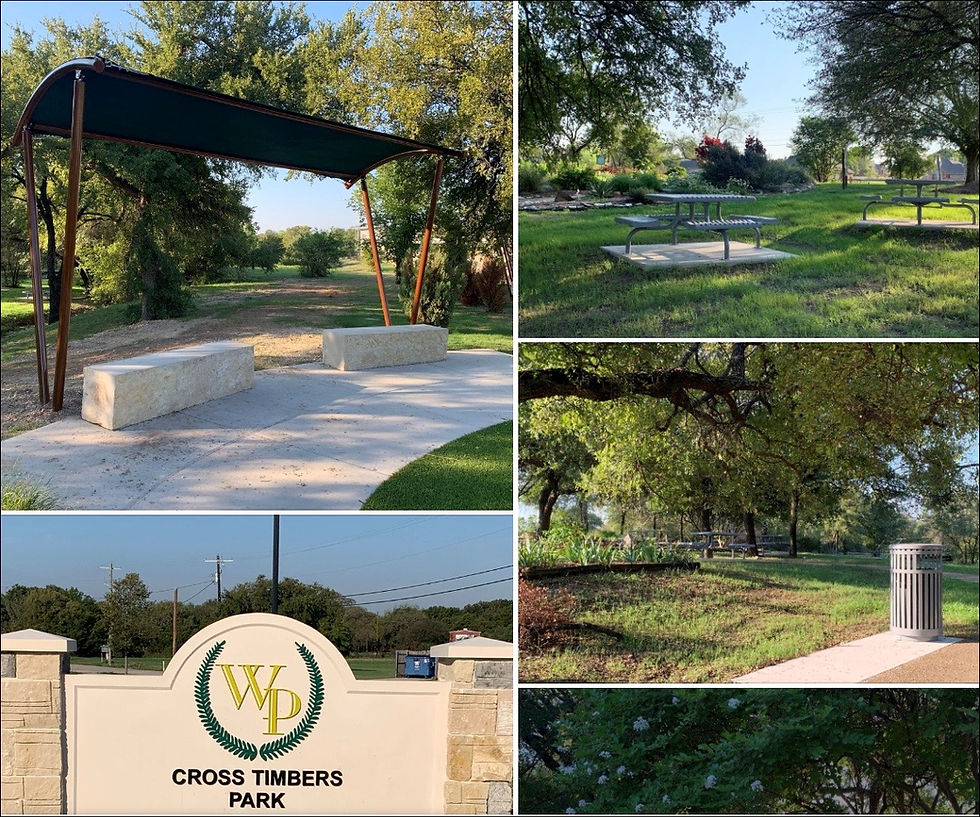The Last Time the Sun Disappeared in Forth Worth.
- WPC Staff

- Apr 7, 2024
- 2 min read

Summary: 146 years ago, 29 July 1878, was the last time Fort Worth witnessed a total solar eclipse. "A retrospective about an era of time when the last solar eclipse was viewed in Fort Worth."
Latest Update: 06 April, 2024
• The Last Time the Sun Disappeared, Fort Worth Magazine, 03 April 2024, Excerpts

The highly anticipated total eclipse of the sun on April 8 will connect us to another time and place in history. The day was July 29, 1878, the last time Fort Worth witnessed a total solar eclipse.
I’ll spare you some battery life on your smart phone. That was 146 years ago.

Originally, scientists believed the corona was a feature of the moon. Perhaps, they hypothesized, it was sunlight reflecting off the lunar atmosphere. Except that the moon has no atmosphere. It was in 1806 that Spanish astronomer José Joaquín de Ferrer recognized it was rather a feature of the sun. He gave it the name “corona,” the Spanish word for “crown.”
“An eclipse of the sun is always in the highest degree interesting because there is hardly any phenomenon of the heavens at once so startling, so beautiful, and so awe inspiring,” remarked Garrett T. Serviss, the secretary of the American astronomical society and well-known lecturer on astronomy, in remarks given to the Dallas Morning News only a few years after 1878.
“The number of persons who have ever seen a solar eclipse is very small. Probably the majority of astronomers themselves have never seen one.”
We know much more about the corona today than we did in 1878, thanks to the work of scientists like Leonard Waldo, a Harvard astronomer who made Fort Worth his destination to observe and note the eclipse.
A news report of that day said: “The purpose of this is to arrive at a knowledge of the composition of the corona and what it consists of. There is a mystery about the composition of these banners of the sun that has never yet been solved. Some have regarded them as consisting of gaseous matter surrounding the sun and being perhaps the product of ejection from it. Others have thought that they might be vast swarms of meteors in its light, or perhaps something that might be likened to colossal dust clouds surrounding that tremendous solar engine, to whose unceasing activity we owe the light and heat that make earth habitable. It is to be hoped that a good deal of light will be thrown upon this question by the observations of the coming eclipse.”
Waldo’s team was comprised of R.W. Wilson, a Harvard colleague; J.K. Rees of Washington University in St. Louis; W.H. Pulsifer, also of St. Louis; and F.E. Seagrave of Providence, Rhode Island.
Waldo saved for history his experience and findings, as well as Fort Worth’s prominent role in it all, in a book published in 1879 titled, Fort Worth Eclipse Observations, July 29, 1878. As if we needed more evidence that its dominion is all of the world of retail, you can buy a copy of Waldo’s book on Amazon, shipped — “usually” — in three to five days.





Comments